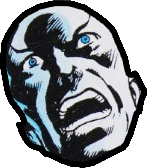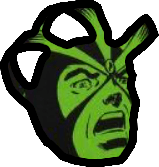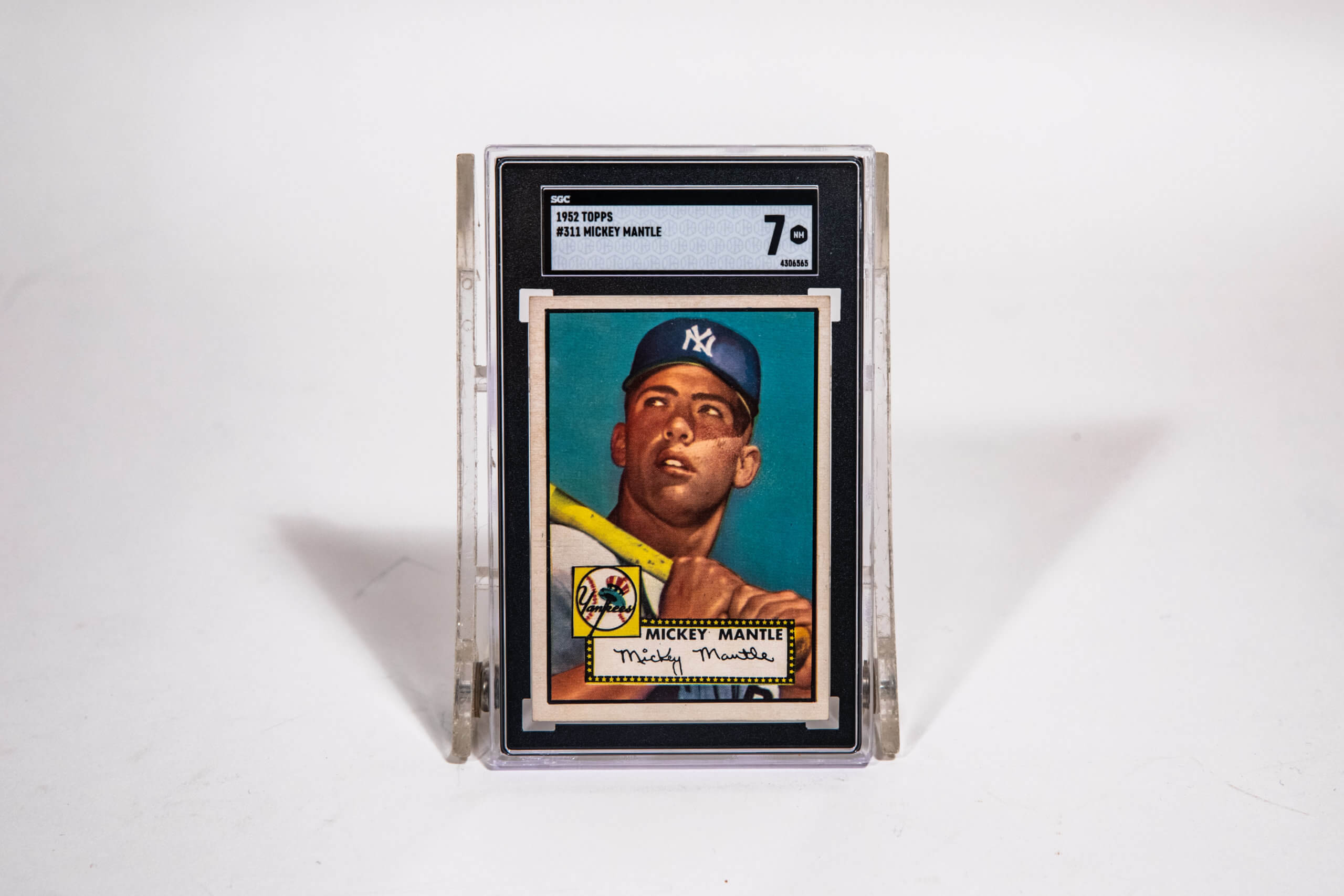Blog > Stories
Mutant Moneyball: A Data Driven Ultimate X-Men

Blog > Stories
Mutant Moneyball: A Data Driven Ultimate X-Men

The Strangest Superheroes of All
In September of 1963 Stan Lee and Jack Kirby introduced a different kind of superhero team to the world. This young cadre of outcasts wasn’t made up of extraterrestrials drawing power from the sun or hard luck freelancers bitten by radioactive insects, these were humans born with strange abilities, more like uncanny afflictions than the onset of superhuman responsibility. This was the introduction of mutants to the Marvel comic book universe, and the birth of The X-Men.
With super-teams like The Avengers or Justice League of America, rosters came ready-made with baked-in comic book superstars that had solidified origin stories and universes. Analyzing these teams becomes more difficult, but characters found throughout X-Men titles tend to either chiefly reside within the X-series of books, or their self-titled series are predated by their earlier X-Men appearances.
The Mutants of the X-Men universe not only exist within their own continuity, but their moral alignment changes often from issue to issue and era to era. A “villain” like Magneto has understandable fury as a member of a marginalized group from the very first issue, and 200 issues later leads the very team he has fought vehemently against. Rival turned ally: the kind of nuanced occurrence that set the X-Men universe apart from other series.
The aforementioned attributes set the mutants apart from standard superhero fare, even while published in tandem with Marvel’s standard fare. Because these mutants tended to exist in their own continuity, rarely encountering other members of the Marvel Universe, they offer an interesting opportunity.
“Baseball thinking is medieval. They are asking all the wrong questions. They are asking all the wrong questions. And if I say it to anybody, I’m ostracized. I’m a leper.”
Peter Brand, Moneyball
By taking a look at the first few eras of X-Men comics without the aggressive context of collectibility (first editions, first appearances, and other baselines that overtook narrative and artistic talent as the key feature of comic publishing for a time) and placing the onus of collectibility on story, character, and other less visible branches of narrative… maybe the X-Men’s rich history can be more completely understood.






It’s easy to find patterns in outliers, high value issues that have key events known by anyone that follows comic values in perpetuity. Leaning into these “value events” leads to the non-organic creation of epiphenomena that box in narrative, force first appearances, demand limited series, and incentivize other cash grabs – problems within the comic production market seen throughout the ‘90s. Rather than trying to tie together all milestone events, the approach taken here examines real world value across multiple verticals and then creates an aggregate of every X-Men team member appearing on a per issue basis of value, and separating said value as it varies by era.
By using methods made popular by the growing use of accessible and open source data analysis software in combination with open data initiatives from auction sites that formerly kept most of their data private, some really interesting quantitative findings can be illustrated in ways that challenge the subjective era of price guide value that for too long seemed reliant on the brick-and-mortar consumer’s hope that someone might pay what often seemed to be arbitrarily produced prices in real world scenarios.
The eras to be explored are as follows (1963-1969; 1970-1979; 1980-1989; 1990-1993). Each era will be given appropriate context for purposes of qualitative value assessment.











